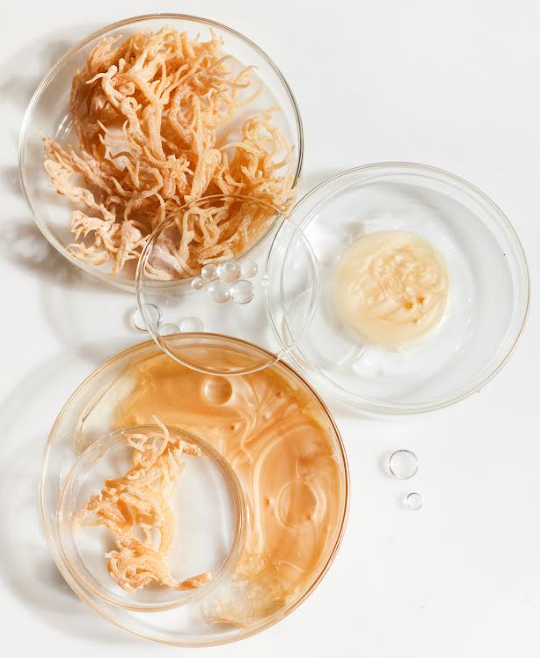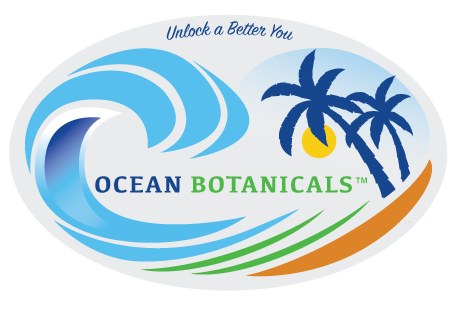
Many people ask me when sea moss become so popular.
It isn’t new. We grew up on it back home in the Caribbean. It was just part of life back then. We consumed it regularly and we rarely got sick.
Now I see it everywhere. Let me tell you how we got here.
When Did Sea Moss Become So Popular?
Around 2019, sea moss started popping up all over social media.
I remember my son telling me about people blending it into smoothies on TikTok. That was the first time I saw folks outside of Caribbean and Irish households really talking about it.
Then came the celebrities—Bella Hadid, Hailey Bieber, even Kim Kardashian—all swearing by it.
Before long, it wasn’t just in our kitchens anymore. It was in Erewhon smoothies and Whole Foods fridges.
People were buying it for energy, for digestion, for clear skin—and even for sex drive.
But the truth is, sea moss has always been here. It's just that now, the rest of the world is catching up.
The Origins of Sea Moss
There are a few different types of sea moss out there, but the one most people know is called Chondrus crispus—or what we just call Irish sea moss. It grows along the rocky coasts of the Atlantic, especially in Ireland.
But type that grows along the Caribbean is called Gracilaria. It grows in warmer waters and looks different—longer and stringier.
In our culture, sea moss has been used for generations as a natural remedy—for digestion, chest colds, and just to keep the body strong.
What the Hype Really Tells Us
The rise of sea moss shows use that people are tired of feeling drained, bloated, anxious, and disconnected from their bodies.
They’re looking for something that feels natural, simple, and actually works. Something that doesn’t come with a long list of side effects.
Sea moss checks a lot of those boxes. It’s packed with minerals. It’s from the earth. And it’s been used by real people—not labs—for centuries. That makes it feel trustworthy especially when most health advice changes every five minutes.
But it also shows how hungry people are for connection—whether it’s to their roots, to their culture, or just to something that feels real.
Sea moss is more than a trend. For a lot of us, it’s a reminder that our ancestors already had answers long before the internet started catching on.
What the Science Says (So Far)
Even though sea moss has been around forever, the science is still catching up.
Some early studies show it might have antioxidants, anti-inflammatory effects, and even natural compounds that fight off bacteria. But most of the research is still in the early stages.
That doesn’t mean it’s useless—it just means we shouldn’t treat it like a miracle cure.
What we do know is that it’s rich in nutrients and easy to add into your routine. You can get it dried, in powder form, as a gel, in capsules, or even in skincare—and that’s part of why people love it so much.
Final Thoughts: A Trend Rooted in Tradition
Sea moss might feel like a new discovery to some, but for many of us, it’s been part of our culture and kitchens for generations.
As sea moss continues to gain popularity, it’s important to be smart about where you get it.
Stick with trusted brands that source their sea moss responsibly. Clean, wild-harvested sea moss is what you want—not the cheap stuff grown in pools with no minerals.
While we wait on more scientific studies to catch up, one thing’s for sure: when it’s used with consistency and care, sea moss can be a powerful addition to your wellness routine.
Just remember—it’s not a miracle cure, but it is a time-tested addition to your wellness routine.
References:
Wang, T. et al. (2020). Seaweeds from the coastlines as a functional food: Present status and future perspectives. Food Science and Human Wellness, 9(4), 272-283.
Craughwell, V. et al. (2019). A Review on the Potential Uses of Irish Seaweeds to Improve Health and Well-being. Marine Drugs, 17(7), 436.
